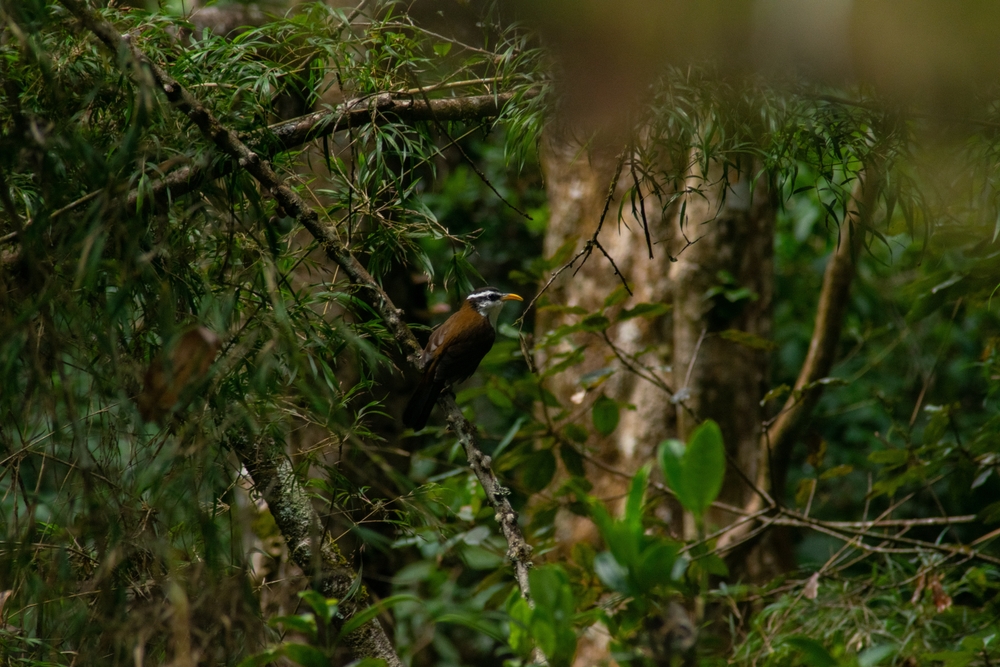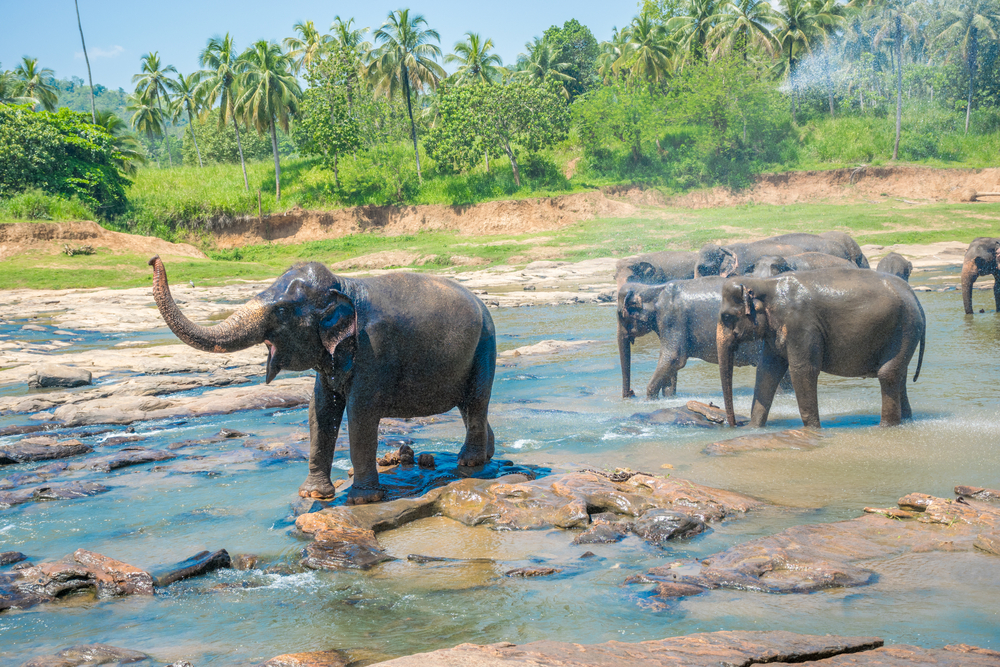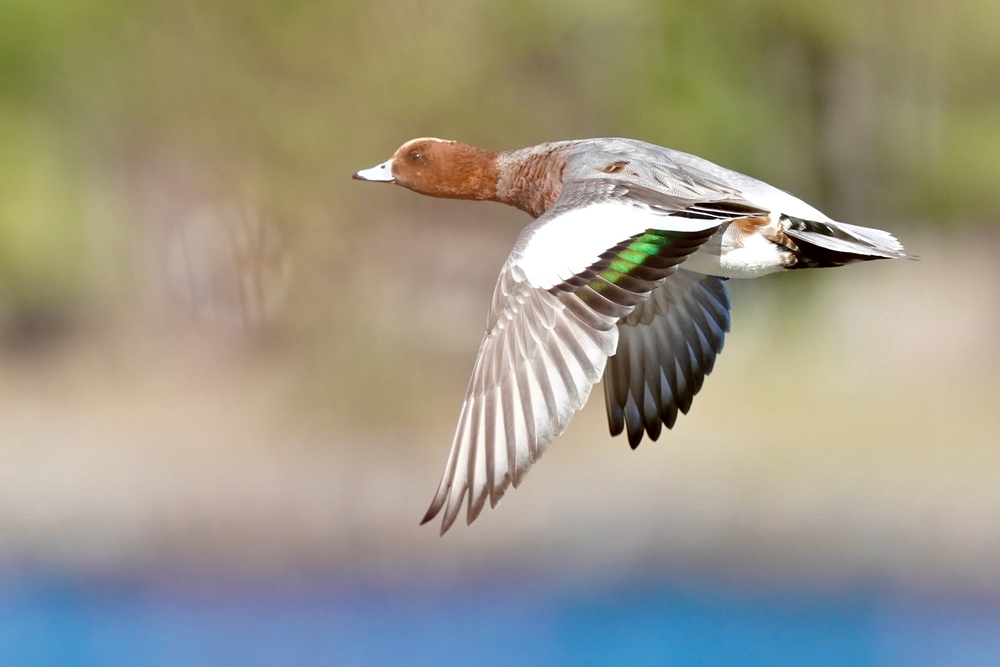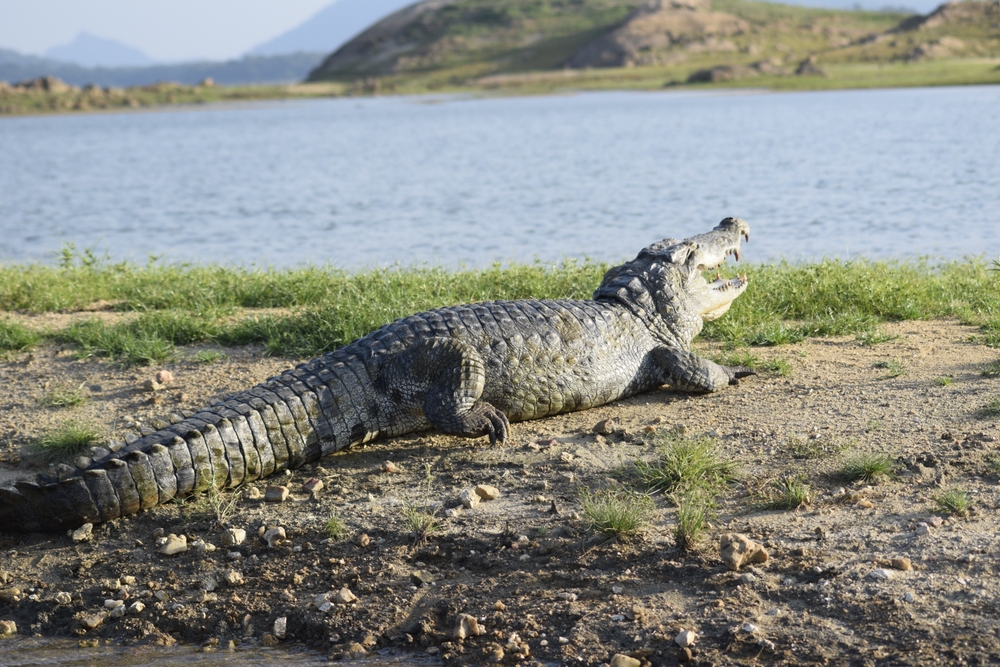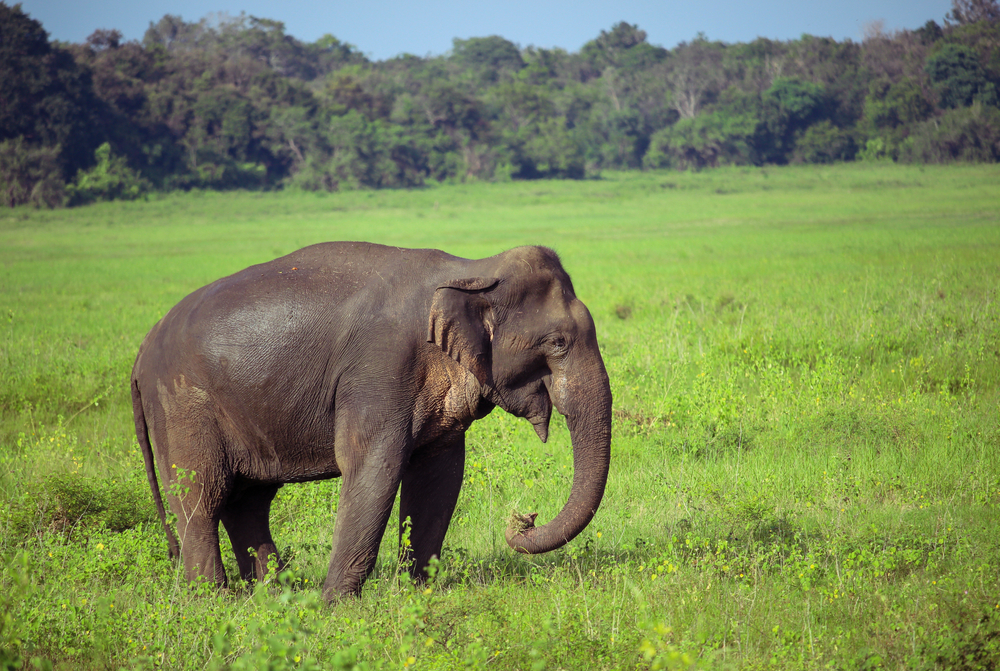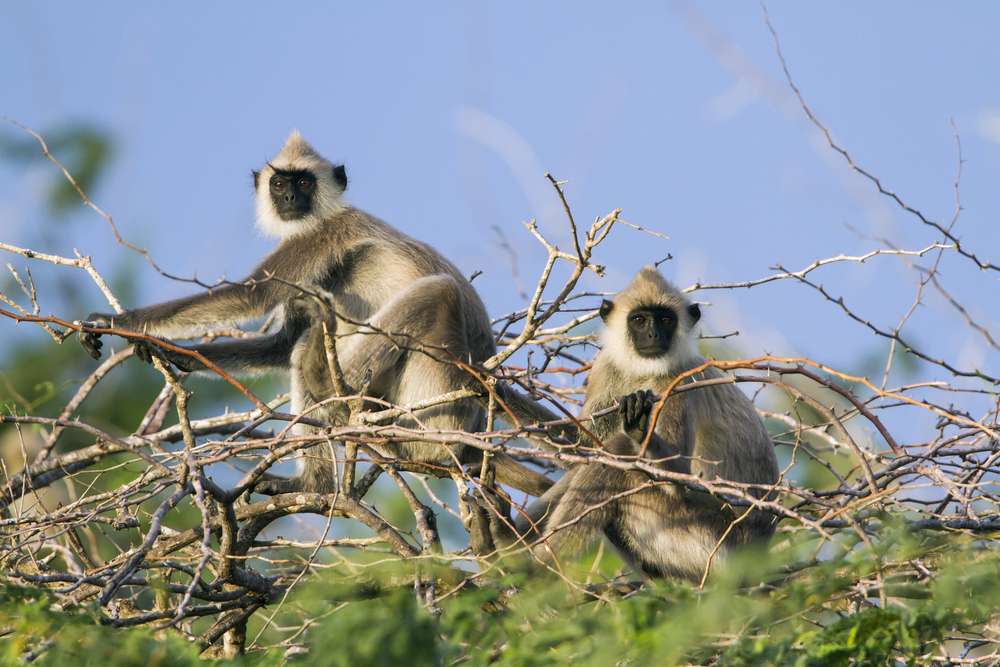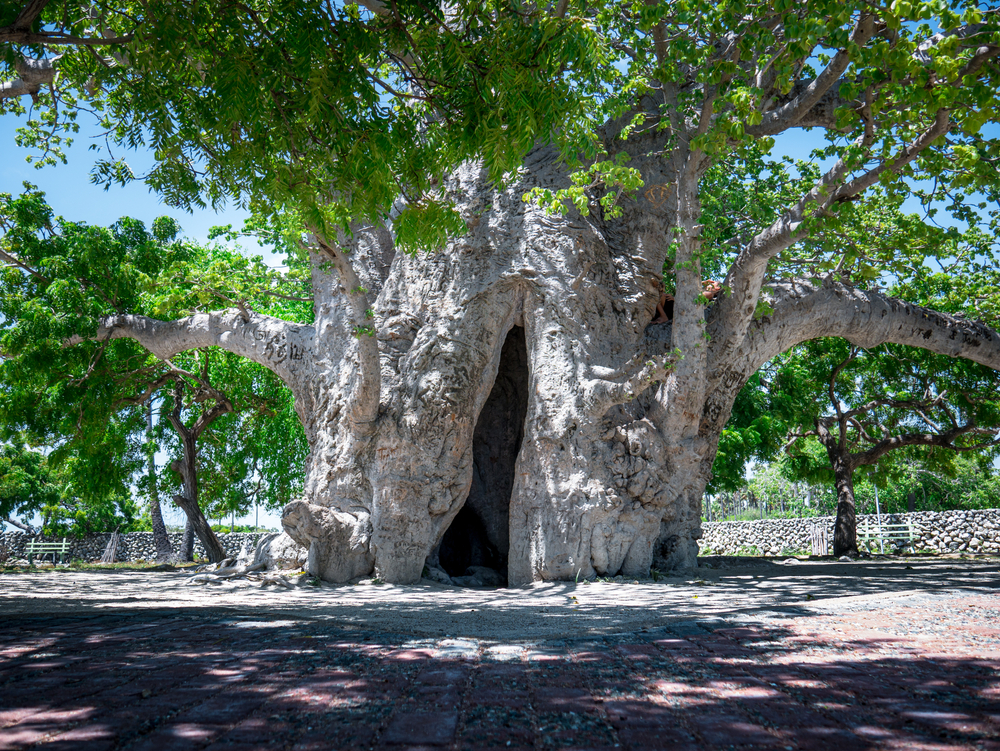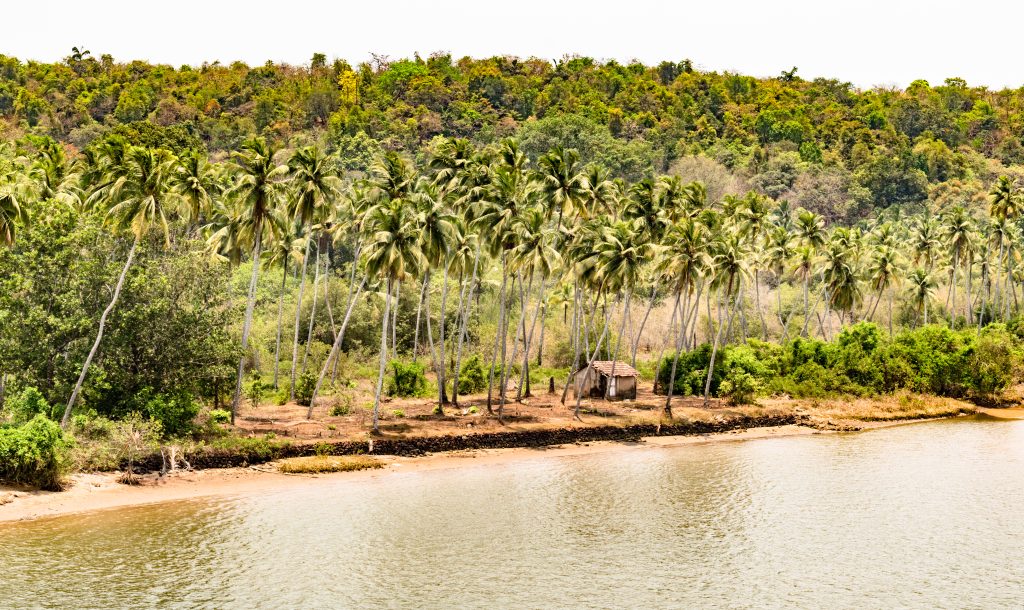Galway’s Land Overview
Galway’s Land National Park, locally known as Galway’s Sanctuary, is a small but precious reserve situated in Nuwara Eliya, Sri Lanka. This charming park spans approximately 0.74 square miles (1.9 square kilometers) and is one of Sri Lanka’s few remaining montane forests. Located at an elevation of about 6,200 feet (1,890 meters), the park is nestled amidst the central highlands, making it a vital ecological hotspot within the region. Its cool, misty climate and lush landscapes are a sanctuary for biodiversity, attracting visitors from around the globe.
The terrain of Galway’s Land National Park is defined by rolling hills, dense evergreen forests, and patches of grasslands interspersed with shrubs. These habitats are rich with a wide variety of flora, including towering trees, moss-covered trunks, and vibrant epiphytes. The forest floor is often blanketed with ferns and other groundcover plants, creating a lush green tapestry. The park’s tranquil environment, accentuated by its crisp air and serene surroundings, provides an ideal escape from the hustle and bustle of urban life.
Wildlife enthusiasts visiting Galway’s Land National Park are in for a treat, as the park is home to several species of mammals and birds. While it is relatively small, the park supports an impressive array of life. Key mammalian inhabitants include the Sri Lankan leopard, purple-faced langur, and barking deer, which can occasionally be spotted by keen-eyed visitors. However, the park is especially famous for its avifauna.
Birdwatchers flock here to see endemic species such as the Sri Lanka white-eye, dull-blue flycatcher, and Sri Lanka bush warbler. The melodic calls of these birds echo through the forest, adding to the magical atmosphere of the park.
Popular features of Galway’s Land National Park include its walking trails, which allow visitors to immerse themselves in the beauty of the montane forest. These trails provide excellent opportunities for photography, birdwatching, and quiet contemplation. The park’s proximity to Nuwara Eliya, often referred to as “Little England” for its colonial-era architecture and cool climate, makes it a convenient and attractive destination for travelers.
Visitors typically explore the park on foot, as it is compact and easily navigable. Guided nature walks are a popular way to learn about the park’s unique ecosystems and the species that inhabit them. Conservation education programs are also occasionally organized, making the park a center for ecological awareness.
Galway’s Land National Park faces significant conservation challenges, primarily from habitat degradation and encroachment due to urban expansion in Nuwara Eliya. However, dedicated efforts by the Sri Lankan government and local conservation organizations have led to improved protection and management of the park. These initiatives aim to balance ecological preservation with the needs of the local community and the tourism industry, ensuring that this biodiversity hotspot remains intact for generations to come.








































































